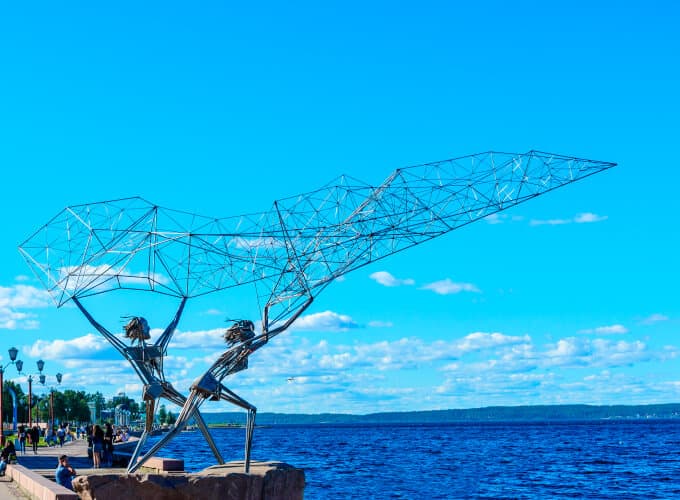The Republic of Karelia is located in northwest Russia, has access to the White Sea, and borders on Finland in the west.
The Arctic zone encompasses the following parts of the republic:
- The city of Kostomuksha.
- The Belomorsky, Kalevalsky, Kemsky, Loukhsky, and Segezhsky Districts.
Administrative centre: Petrozavodsk.
Population of the region: more than 600,000 people, including approximately 109,000 people in the Arctic zone.
Area of the republic: 180,500 km2.
Area of the republic’s Arctic territories: 71,400 km2.
Time zone: UTC+3. Moscow and the Republic of Karelia are in the same time zone.








